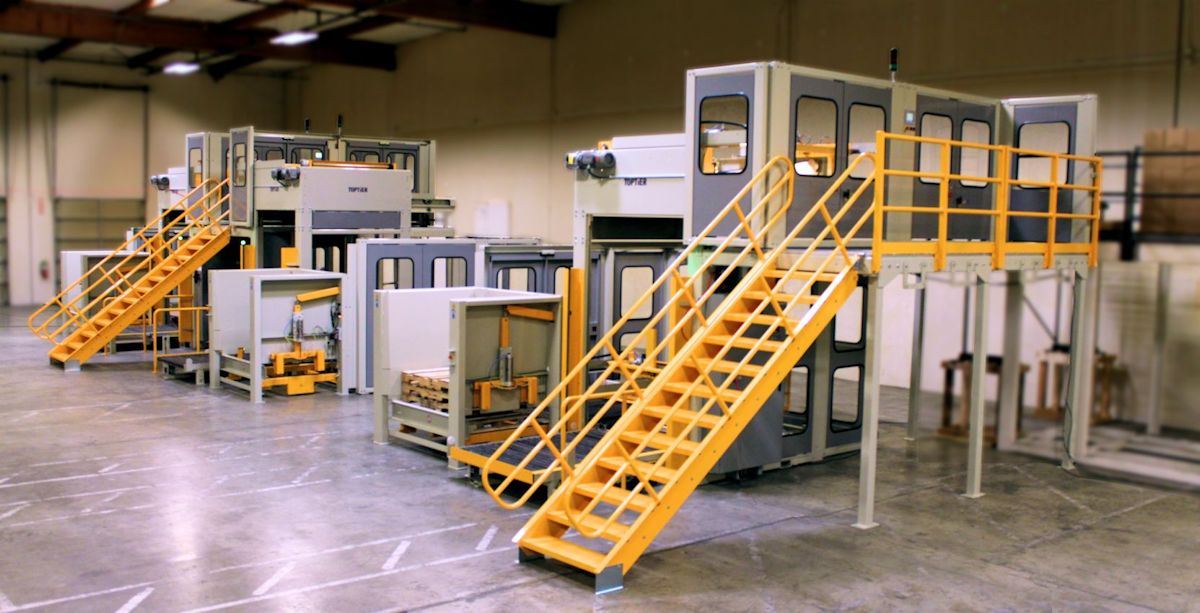Can Your Palletizing Operations Benefit From Layer Conditioning?

The buzz in palletizing today centers around whether to use conventional or robotic methods. One of the ways to help determine which method is best suited for your business begins at a fundamental level – what is your product and how will you layer each row on your pallet loads? Let’s compare layer conditioning versus the single item pick and pack method to determine if a layer conditioning palletizer is the right choice for your business.
As with any palletizing system, it all comes down to your unique needs that center around your products. This is the building block for any choices around your pallet operations – and don’t let anyone try to tell you otherwise. If you have a highly uniform product with little variation among your items’ size, weight, shape and packaging then you want to put those characteristics to work for you and maximize the speed with which you palletize your loads. For these kinds of products, a conventional system with modules that provide layer conditioning make the most sense.
Your throughput time will drop by analyzing the optimum way to pack and working with an operation that assembles each layer prior to its transfer to the build platform. Layer conditioning, with the right equipment, can be especially helpful for loads that are taller or heavier than average, because both of these qualities would add time and accuracy challenges to a robotic single pick and place method while building a load.
Because a layer conditioning palletizer has separate operations – first for placement and then for precise configuration of layers – the process can go much faster when loading uniformly packaged products. Time is also saved because sequential actions can be performed simultaneously to eliminate wasted movement and time. As one layer is being tightly configured to load dimensions, another is being placed on to the load and stretch wrapped, and still another layer is “in the wings” and completing initial, loose assembly.
Layer conditioning is just one consideration for your palletizing systems. The most successful businesses recognize that understanding how one component (layer conditioning) of one function (palletizing) should be part of an overall approach that the company adopts for success. Having one singular, overarching goal can contribute to how each component fits into the achievability of that goal. Whether it’s maximizing throughput or minimizing a business’s carbon footprint, attention to each area and how they integrate is key.
It can seem like a lot to evaluate, but the more you can break down your pallet load process into manageable functions, the easier it will be to assess the best solutions for your company’s unique needs.









